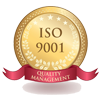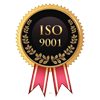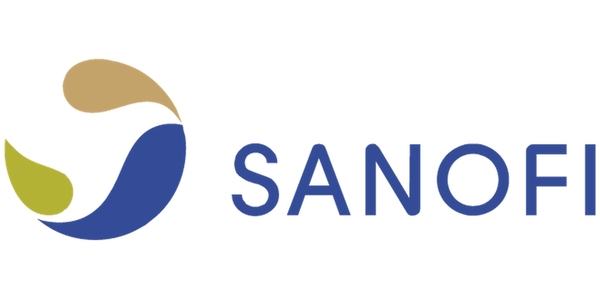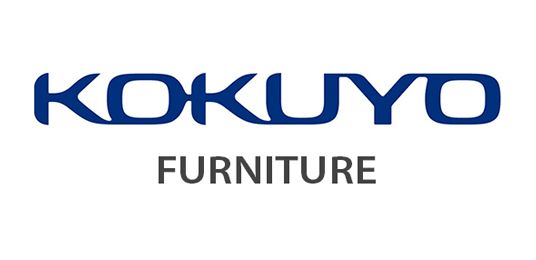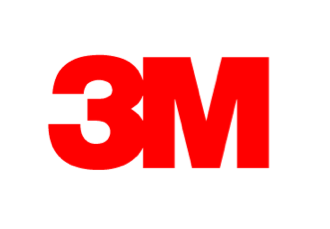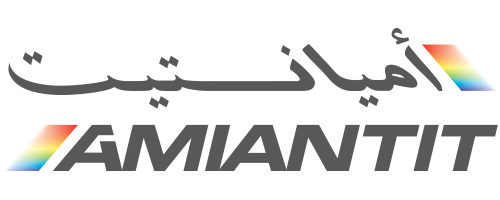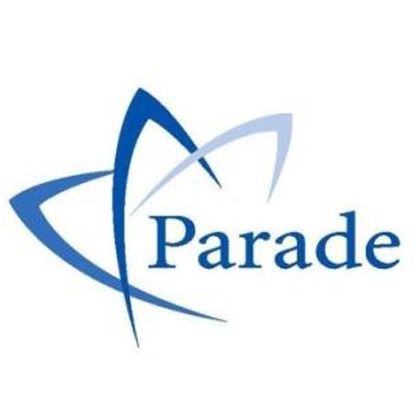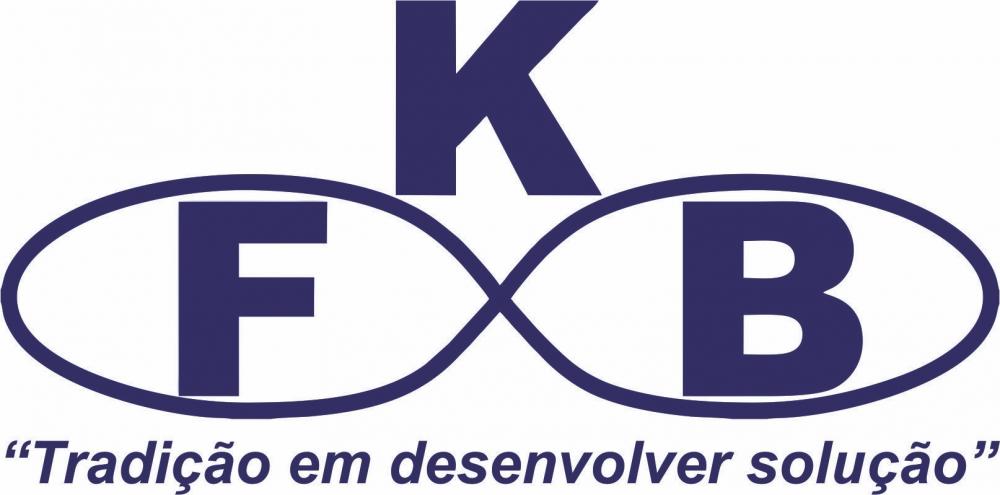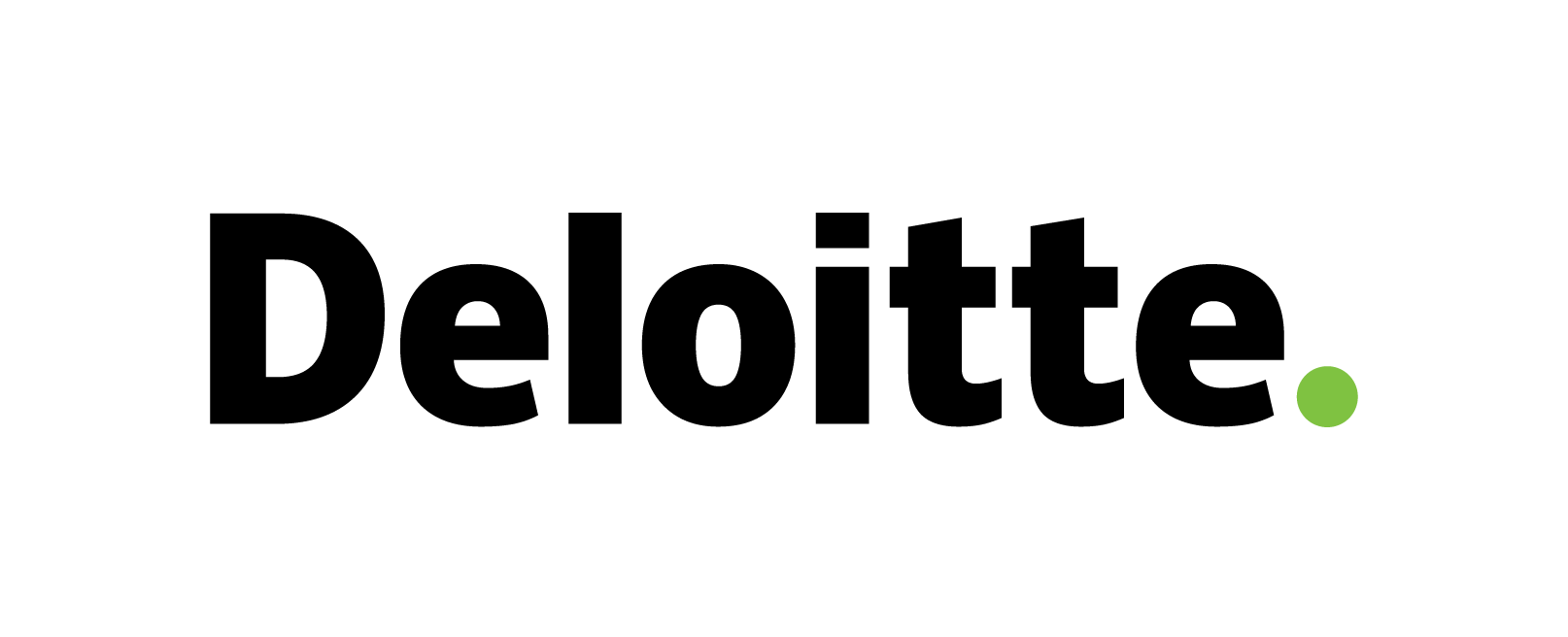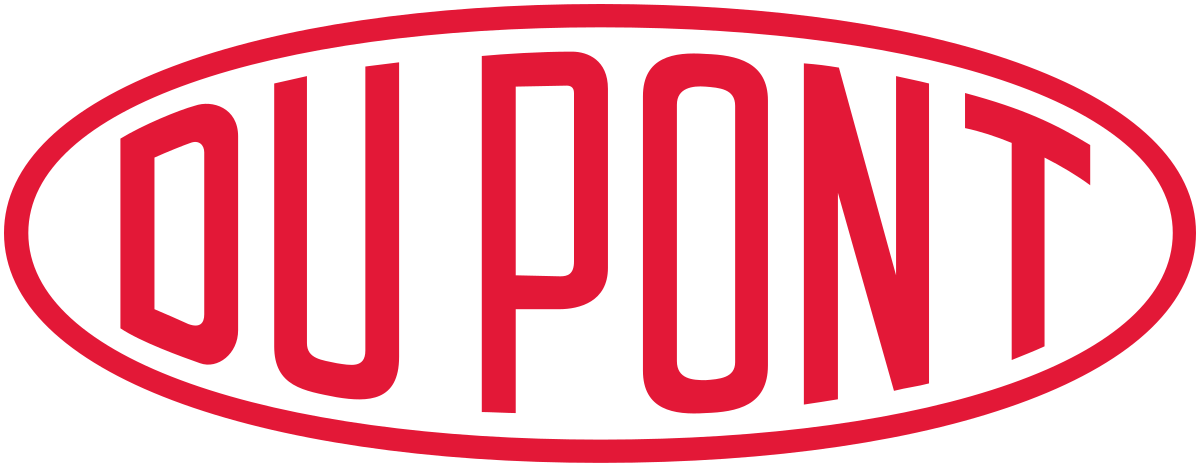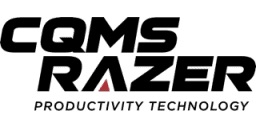Super High Frequency Communication Market
Super High Frequency Communication Market Trends, Opportunity, and Forecast Analysis, 2024-2033
Super High Frequency Communication market revenue to generate USD 12.8 Billion by 2033, according to KDMI analyst’s growth analysis. The market is segmented by Technology Type, Frequency Range, Radom Type, Technology, End-User, and by Region.
Super High Frequency Communication Market Size Survey Report – In a Glance
As per the survey report on global Super High Frequency Communication market, the market is projected to foresee a CAGR of 16.2% between 2024-2033, and further generate a market size of USD 12.8 billion by the end of 2033. In the year 2024, the market size was valued at USD 2.9 billion.
- The global Super High Frequency Communication market is projected to grow on account of the growing investment in satellite-based communication.
- In Japan, the Super High Frequency Communication market growth can be attributed to the increasing telecommunication sector.
- KDMI analyst’s growth analysis foresees high infrastructure costs to challenge the market growth.
- North America, Having The Highest Market Share in the Super High Frequency Communication market is projected to dominate the global market.
Super High Frequency Communication Market Analysis
Analyst’s Observation on Super High Frequency Communication Market Survey
Super High Frequency, a range of 3 GHz to 30 GHz, represents the primary radio frequency band for aviation communications and is typically used for satellite communication, radar transmitters, microwave radio relay links, satellite phones, wireless LANs, & numerous short-range global data links. Its Millimeter waves are used for military fire-control radar, airport security scanners, and scientific research. The Super High Frequency Communication market is rising because of growing investment in satellite-based communication. In the United States, CHECCS develops diverse levels of integrated mechanisms, sub-systems, and multi-scale systems for existing and future super high-frequency communication systems. Astronics Corporation, Cobham Limited, and Raycap are some of the significant parties in the global market for Super High Frequency Communication.
Analyst’s Observation on Japan Super High Frequency Communication Market Survey
In Japan, the market growth for Super High Frequency Communication can be attributed to the increasing telecommunication sector. Japan has one of the highest levels of mobile broadband in the world, with 5G wireless mobile and stepping toward 6G telecommunications networks covering 99% of the population and with more than 140 mobile broadband subscriptions. Super high-frequency bands play a vital role in 5G wireless communication technology to unlock a variety of benefits for wireless communications. The Japanese government aims to assign additional frequencies, such as Super High Frequency bands (3 GHz to 30 GHz), to boost 5G coverage. Japan Radio Co., Ltd., SKY Perfect JSAT Corporation, and Axelspace Corporation 3 are some of the significant parties in the market for Super High Frequency Communication in Japan.
|
Super High Frequency Communication Market: Report Scope |
|
|
Base Year |
2023 |
|
Estimated Market Size |
USD 2.9 Billion in 2024 |
|
Forecast Year |
2024-2033 |
|
Projected Market Size |
USD 12.8 Billion in 2033 |
|
CAGR Value |
16.2% |
|
Super High Frequency Communication Market Key Trends/Major Growth Drivers |
|
|
Restraint Factors |
|
|
Super High Frequency Communication Market Segmentation |
|
|
Super High Frequency Communication Market Key Players |
Astronics Corporation, Cobham Limited, Raycap, General Dynamics Corporation, Hensoldt, JENOPTIK AG, L3Harris Technologies, Inc., Northrop Grumman, Saint-Gobain, The NORDAM Group LLC, and others. |
Super High Frequency Communication Market Growth Drivers and Challenges
Growth Drivers
Rising demand for secure military and defense communication: Secure communication follows tools to assure that data transferred between parties is protected from undesirable access, interference, or manipulation. The defense industry widely depends on super high frequency, from satellite communications to encrypted radio transmissions, to safeguard their sensitive information. Super High Frequency (SHF) communication is also commonly used in military and defense communication for radar technology. Super high frequencies permit high-resolution radar images, as well as it helps in target tracking in real time. Because of the secure transmission of super high frequencies, it creates the norm for surveillance, missile control, and electronic warfare. Some of the most exciting developments in radar technology are happening with systems operating in the millimeter wave range of Super High Frequency, i.e., up to 30GHz. Rising demand from Military and defense communication is boosting the market growth of Super High Frequency Communication.
Demand for low earth orbit (LEO) satellite constellations
Source: In recent years, commercial investment in space has significantly increased, with highlighting on low altitudes about 300 Km to 2,000 km above the Earth. Super high frequencies were recently allotted to the ‘little-LEO’ services to provide digital data storage and forward Email in remote regions where existing telecommunications infrastructure is poor. The GPS constellation, which has been in operation for decades, extremely needs super-high frequencies. Satellites are set at heights ranging from approximately 100 to 500 miles above the Earth’s surface, but the use of super-high frequencies has transformed the way of data collecting, communicating, and monitoring the planet. The commercial satellite constellations will grow from 35% to 70% by 2029. Approximately 65% of this growth will be in applications found in communications, and related satellite networks of low Earth orbit (LEO). Rapidly evolving landscape of Low Earth Orbit (LEO) satellites is boosting the demand for super high-frequency communication market growth.
Restraint Factors
High infrastructure costs: The placement of Super High Frequency communication networks needs extensive investment cost, because it often requires advanced technology and high cost specialized equipment. The financial load encompasses beyond the initial setup, such as expenses of licensing fees, research and development expenditures, and maintenance costs. Thus high cost of super high-frequency communication hampers the market growth.
Regulatory Compliance and Spectrum Allocation: Governments and regulatory organizations force stringent regulations to achieve the allocation of frequency bands, ensuring fair usage and stopping interference between different communication systems. Failure to obey to regulatory requirements that result in legal penalties and operational troubles. Thus regulatory compliance and spectrum allocation hampers the market growth of Super high-frequency communication.
Super High Frequency Communication Market Segmentation
Our experts at KD Market Insights have segmented the global Super High Frequency Communication market research report as:
|
By Technology Type |
|
|
By Frequency Range |
|
|
By Radom Type |
|
|
By Technology
|
|
|
By End-User
|
|
|
By Region |
|
Super High Frequency Communication Market Regional Synopsis
North America having the largest market share in the Super High Frequency Communication market is majorly driven by extensive investments in defense and aerospace sectors. Super high-frequency is a constellation of communication satellites operated by the United States of Communication Satellites. They are used to relay secure communications for the United States as well as the Canadian Armed Forces. In the United States, The aerospace sector creates use of diverse technologies to function. Super high-frequency is used in many different ways in the aerospace sector, such as for, navigation, and communication. It is also used in Radar management systems to get information on the object's height, and speed range in the space. The Defense and Aerospace industry accounted for 1.8 % of total U.S. GDP, a figure of around USD 382 billion in 2020 continues to boast notable contributions to the American economy. It shows the extensive requirement of Super high-frequency communicational the region.
Asia Pacific growing with fastest CAGR in the Super High Frequency Communication market is majorly driven by deployment of 5G networks worldwide. 5G is the fifth generation of wireless cellular technology, offering higher upload and download speeds, extra reliable connections, and better-quality capacity than previous networks. 5G networks trust high-frequency bands, including super-high frequency and millimeter waves, to deliver ultra-fast data speeds and massive connectivity. 5G deployment uses, 3 GHz to 30 GHz super high frequencies, allowing for wider outdoor 5G coverage and improved penetration inside buildings in urban and suburban areas. In Asia-specific regions, countries such as China, Japan, India, and South Korea are increasingly deploying to 5g and needs super high frequency. China’s Ministry of Industry and Information Technology claims that China has built and activated over 4.1 million 5G base stations in 2024. 5G population coverage in China has increased by 45% in 2024 and expected to reach about 85%in 2030. Rising 5G population in Asia Pacific region is boosting the market growth of Super High Frequency Communication.
Latin American countries such as Mexico and Argentina that regularly invests in the 5G network built significant progress in implementing 5G accelerating the growth of the Super High-frequency Communication Market.
Europe, continued investments in research and development, technological improvements, and strategic partnerships, and poised to maintain its dominance in the global super high-frequency communication market in the coming years.
Middle East and Africa region, super frequency Communication Market is experiencing a significant surge in demand for seamless data transmission.
As per our analysts at KD Market Insights, the following five players lead North America Having The Highest Market Share Super High Frequency Communication market growth:
- General Dynamics Corporation
- Northrop Grumman
- Cobham Limited
- Astronics Corporation
- The NORDAM Group LLC
Super High Frequency Communication Market Competitive Landscape
Some of the key players who top the global Super High Frequency Communication market share:
- Astronics Corporation
- Cobham Limited
- Raycap
- General Dynamics Corporation
- Hensoldt
- JENOPTIK AG
- L3Harris Technologies, Inc.
- Northrop Grumman
- Saint-Gobain
- The NORDAM Group LLC
- Executive Summary
- Market Overview
- Key Findings
- Market Trends
- Market Outlook
- Introduction
- Scope of the Report
- Research Methodology
- Definitions and Assumptions
- Acronyms and Abbreviations
- Market Dynamics
- Drivers
- Restraints
- Opportunities
- Challenges
- Global Super High Frequency Communication Market
- Market Overview
- Market Size and Forecast
- Market Segmentation
- By Technology Type
- By Frequency Range
- By Radom Type
- By Technology
- By End-User
- By Region
- Market Segmentation by Technology Type
- 5G sub-6.0 GHz
- 5G mm-Wave
- LEO SATCOM
- Radar
- Others
- Market Segmentation by Frequency Range
- 3 - 10 GHz
- 10 - 20 GHz
- 20 - 30 GHz
- 30 - 40 GHz
- Above 40 GHz
- Market Segmentation by Radom Type
- Sandwich
- Solid Laminate
- Multi-layer System
- Tensioned Fabric
- Others
- Market Segmentation by Technology
- Microwave Communication
- Satellite-Based Communication
- Radar Technology
- Millimeter-Wave Communication
- Market Segmentation by End-User
- Telecommunications
- Aerospace and Defense
- Broadcasting & Media
- Automotive
- Industrial
- IoT
- Other
- Regional Analysis
- North America
- United States
- Market Size and Forecast
- Key Trends and Developments
- Market Analysis by Technology Type, Frequency Range, Radom Type, Technology, and End-User
- Canada
- Market Size and Forecast
- Key Trends and Developments
- Market Analysis by Technology Type, Frequency Range, Radom Type, Technology, and End-User
- Mexico
- Market Size and Forecast
- Key Trends and Developments
- Market Analysis by Technology Type, Frequency Range, Radom Type, Technology, and End-User
- United States
- Europe
- United Kingdom
- Market Size and Forecast
- Key Trends and Developments
- Market Analysis by Technology Type, Frequency Range, Radom Type, Technology, and End-User
- Germany
- Market Size and Forecast
- Key Trends and Developments
- Market Analysis by Technology Type, Frequency Range, Radom Type, Technology, and End-User
- France
- Market Size and Forecast
- Key Trends and Developments
- Market Analysis by Technology Type, Frequency Range, Radom Type, Technology, and End-User
- Italy
- Market Size and Forecast
- Key Trends and Developments
- Market Analysis by Technology Type, Frequency Range, Radom Type, Technology, and End-User
- Spain
- Market Size and Forecast
- Key Trends and Developments
- Market Analysis by Technology Type, Frequency Range, Radom Type, Technology, and End-User
- Rest of Europe
- Market Size and Forecast
- Key Trends and Developments
- Market Analysis by Technology Type, Frequency Range, Radom Type, Technology, and End-User
- United Kingdom
- Asia Pacific
- China
- Market Size and Forecast
- Key Trends and Developments
- Market Analysis by Technology Type, Frequency Range, Radom Type, Technology, and End-User
- Japan
- Market Size and Forecast
- Key Trends and Developments
- Market Analysis by Technology Type, Frequency Range, Radom Type, Technology, and End-User
- India
- Market Size and Forecast
- Key Trends and Developments
- Market Analysis by Technology Type, Frequency Range, Radom Type, Technology, and End-User
- Australia
- Market Size and Forecast
- Key Trends and Developments
- Market Analysis by Technology Type, Frequency Range, Radom Type, Technology, and End-User
- South Korea
- Market Size and Forecast
- Key Trends and Developments
- Market Analysis by Technology Type, Frequency Range, Radom Type, Technology, and End-User
- Rest of Asia Pacific
- Market Size and Forecast
- Key Trends and Developments
- Market Analysis by Technology Type, Frequency Range, Radom Type, Technology, and End-User
- China
- Latin America
- Brazil
- Market Size and Forecast
- Key Trends and Developments
- Market Analysis by Technology Type, Frequency Range, Radom Type, Technology, and End-User
- Argentina
- Market Size and Forecast
- Key Trends and Developments
- Market Analysis by Technology Type, Frequency Range, Radom Type, Technology, and End-User
- Colombia
- Market Size and Forecast
- Key Trends and Developments
- Market Analysis by Technology Type, Frequency Range, Radom Type, Technology, and End-User
- Rest of Latin America
- Market Size and Forecast
- Key Trends and Developments
- Market Analysis by Technology Type, Frequency Range, Radom Type, Technology, and End-User
- Brazil
- Middle East & Africa
- South Africa
- Market Size and Forecast
- Key Trends and Developments
- Market Analysis by Technology Type, Frequency Range, Radom Type, Technology, and End-User
- Saudi Arabia
- Market Size and Forecast
- Key Trends and Developments
- Market Analysis by Technology Type, Frequency Range, Radom Type, Technology, and End-User
- UAE
- Market Size and Forecast
- Key Trends and Developments
- Market Analysis by Technology Type, Frequency Range, Radom Type, Technology, and End-User
- Rest of Middle East & Africa
- Market Size and Forecast
- Key Trends and Developments
- Market Analysis by Technology Type, Frequency Range, Radom Type, Technology, and End-User
- South Africa
- North America
- Competitive Landscape
- Market Share Analysis
- Company Profiles
- All Company Names
- Astronics Corporation
- Cobham Limited
- Raycap
- General Dynamics Corporation
- Hensoldt
- JENOPTIK AG
- L3Harris Technologies, Inc.
- Northrop Grumman
- Saint-Gobain
- The NORDAM Group LLC
- All Company Names
- Strategic Recommendations
- Appendix
- List of Tables
- List of Figures
- References

Need Customized Report for Your Business ?
Utilize the Power of Customized Research Aligned with Your Business Goals
Request for Customized Report- Quick Contact -
- ISO Certified Logo -
